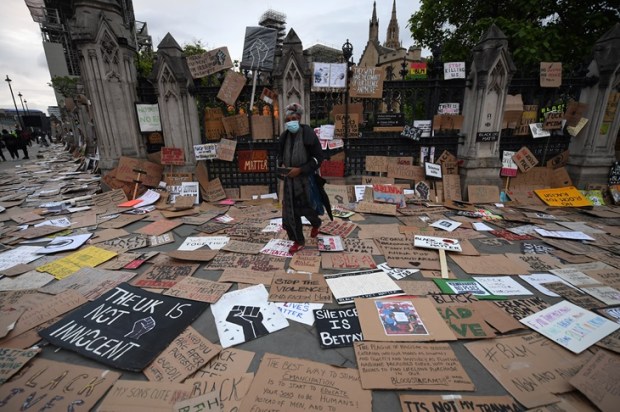The rising price of gold is stimulating a boom in new activity. However, Victoria is one state government standing firm against this and other productive developments.
Victoria has a little over four million hectares, 18 per cent of the state, in areas classified as National Parks. Already, only about a quarter of this is adequately managed for feral plant and animal invasions. Public ownership also includes about 3 million hectares as state forest. A great deal of this is in the aptly named Goldfields, in the state’s Central West.
In state forest, unlike National Park, permitted activities include grazing, logging, horse riding, hunting, 4-wheel driving, prospecting and mining. The more intrusive activities – logging and grazing – have been progressively reduced as their management has been refocussed on environmental conservation rather than production.
The Victorian government has outsourced reviews of public land use to the Victorian Environmental Assessment Council (VEAC) to which it has appointed people with strong conservation convictions. VEAC is progressively conducting examinations with a view to reducing the extent of permitted activities that they consider intrude upon conservation. The latest targeted area is the 400,000 hectares comprising the Central West.
VEAC’s modus operendi is to have the government set it terms of reference for a report to address all the values of the area: natural, cultural, social and economic, and call for submissions from interested parties on how usages should be modified.
An important step in this is to identify some “traditional owners”, vest them with authority to offer advice and duchess them around the area, inviting them to rediscover their historic attachment to the land.
Those traditional owners know a good deal when it’s put to them. Converting state forest to another form of nature reserve may well give them an opportunity to obtain income from the taxpayer in terms of fees to help protect and preserve it. It may also afford the prospect some sort of native title, which in turn offers a chance to extract additional funding.
Understandably the traditional owners are right behind VEAC.
But other steps are needed. To evaluate different, sometimes conflicting land usages, some means is necessary to estimate the trade-off between the value of non-invasive uses compared with the on-going mixed-use. The market establishes this in private commercial land but this is difficult, if not impossible, with public lands open to all.
Hence VEAC hires compliant economists to undertake “contingent valuation” to estimate what people would be willing to pay out of their own pockets in order to forbid certain activities in the targeted area. If that seems mystical it is because it is.
For the Central West, the consultants estimated that Victorian would willingly pay $270 million, $4615 per hectare, to reassign 77,000 of the 89,000 hectares of area’s state forest as national park, thereby preventing many visitor activities including exploration and mining.
That land does not have any notably valued environmental features and is similar to hundreds of thousands of hectares in nearby national parks.
A value of $4615 per hectare is similar to the value of land for farming in the area and, given the abundance of similar land in national park, is a valuation that exceeds that of any “pub test”. It is clearly made to legitimise VEAC’s preferred land reassignment. Indeed, if the authorities really believed such a value, they might ask whether Victorians would be willing to convert 77,000 hectares of undermanaged national park to state forest and enjoy a resultant $270 million dividend – over $100 per household! But such questions are never asked – the people, it seems, cannot be trusted to give the right answer when it might differ from that of appointed oligarchs.
The economic consultants go on to suggest the value lost from preventing people and businesses conducting their current activities in the to-be-reassigned 77,000 hectares is about $22 million.
This massively understates the value of recreational activities currently being enjoyed in the area and the value of the (highly restricted) logging and grazing permitted. Moreover, that value is made despite clear evidence of gold deposits – only last month a nugget worth $160,000 was found in or near the area and a new nearby gold mine at Fosterville has the second richest grade of any mine in the world and is producing gold worth $1,200 million per year! Even if there were only a one in ten chance of another such discovery, it would swamp the consultants’ concocted value of preventing most existing usages.
Progressively we are using environmentalism to constrain production in agriculture and mining. Public funding is being employed to promote such constraints. There is a penalty to this in terms of national income foregone and the public would be better served if reviews of land use and other environmental considerations were to be conducted at arm’s length from particular ideological standpoints.
Alan Moran is with Regulation Economics. His latest book is Climate Change: Treaties and Policies in the Trump Era.
Got something to add? Join the discussion and comment below.
Got something to add? Join the discussion and comment below.
Get 10 issues for just $10
Subscribe to The Spectator Australia today for the next 10 magazine issues, plus full online access, for just $10.


























Comments
Don't miss out
Join the conversation with other Spectator Australia readers. Subscribe to leave a comment.
SUBSCRIBEAlready a subscriber? Log in